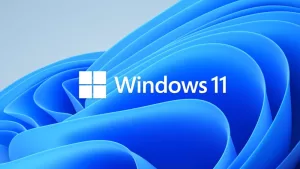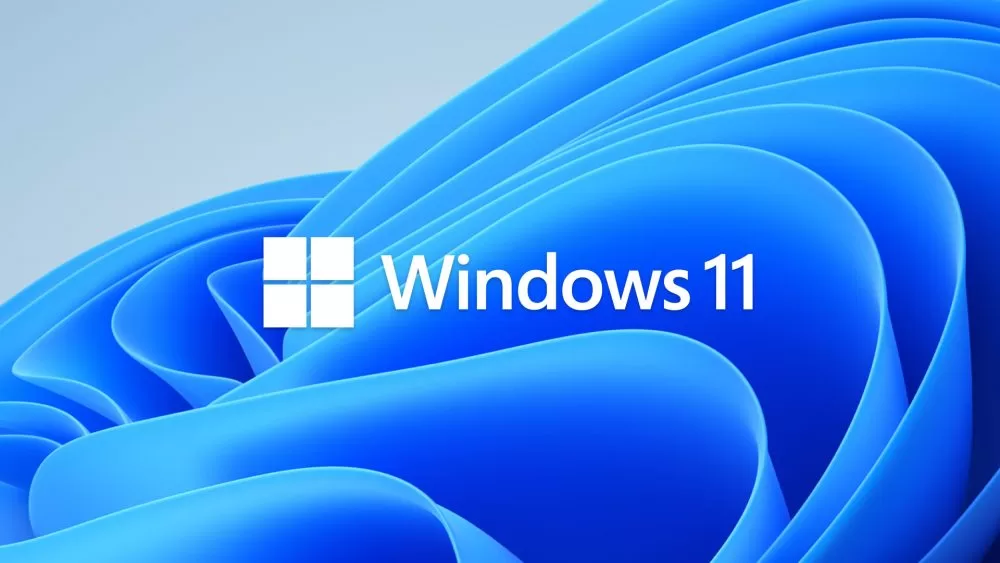How to Find Out If Your Computer Will Run Windows 11

Introduction
In the digital age, staying up-to-date with the latest operating systems is crucial to ensure optimal performance, security, and access to new features. With the release of Windows 11, many users are eager to upgrade. However, not all computers are compatible with this new OS. In this article, we’ll guide you through the process of determining whether your computer can run Windows 11, ensuring a seamless transition to the next-generation operating system.
Table of Contents
- Understanding Windows 11 System Requirements
- Check for TPM 2.0 Compatibility
- Assess Processor Compatibility
- Evaluate RAM and Storage Capacity
- Confirm Graphics Card Requirements
- Secure Boot Compatibility Check
- Inspect UEFI Firmware
- Using Microsoft’s PC Health Check Tool
- Alternatives for Incompatible Systems
- Upgrading Hardware for Windows 11
- Preparing for the Upgrade
- Backing Up Your Data
- Downloading and Installing Windows 11
- Initial Setup and Configuration
- Troubleshooting Common Installation Issues
- Conclusion
Understanding Windows 11 System Requirements
Windows 11 comes with a set of system requirements that your computer must meet to run the OS efficiently. These requirements include specifications related to the processor, RAM, storage, graphics card, and more. Before you begin the upgrade process, it’s essential to assess whether your computer meets these requirements.
Check for TPM 2.0 Compatibility
Trusted Platform Module (TPM) 2.0 is a critical security feature for Windows 11. To find out if your computer supports TPM 2.0, you’ll need to access the BIOS or UEFI settings. If your system lacks this feature, you might need to consider upgrading your hardware.
Assess Processor Compatibility
Windows 11 requires a compatible 64-bit processor with at least 1 GHz clock speed and a minimum of 2 cores. You can check your processor’s compatibility on the manufacturer’s website or through system information tools provided by the operating system.
Evaluate RAM and Storage Capacity
A minimum of 4 GB of RAM is required for Windows 11. Additionally, you’ll need 64 GB of storage for the OS installation. Ensure you have sufficient free space on your drive before proceeding with the upgrade.
Confirm Graphics Card Requirements
Windows 11 introduces new visual elements that demand a DirectX 12 compatible graphics card with a WDDM 2.0 driver. Check your graphics card specifications to ensure it meets these criteria.
Secure Boot Compatibility Check
Secure Boot is a security feature that prevents unauthorized operating systems from loading during startup. Windows 11 requires this feature for enhanced protection. Verify if Secure Boot is enabled in your BIOS/UEFI settings.
Inspect UEFI Firmware
Unified Extensible Firmware Interface (UEFI) firmware is essential for Windows 11 compatibility. Secure Boot and TPM 2.0 settings are often found here. Make sure your firmware is up-to-date and supports Windows 11 requirements.
Using Microsoft’s PC Health Check Tool
Microsoft provides a PC Health Check Tool to assess your system’s compatibility with Windows 11. This tool scans your hardware and informs you if your computer meets the necessary specifications.
Alternatives for Incompatible Systems
If your computer doesn’t meet Windows 11 requirements, you have alternatives. You can continue using Windows 10, which will receive support until 2025, or explore lightweight Linux distributions.
Upgrading Hardware for Windows 11
If you’re determined to experience Windows 11, consider upgrading your hardware components. This might involve replacing the processor, adding more RAM, or upgrading the graphics card.
Preparing for the Upgrade
Before initiating the upgrade process, ensure you have a backup of all your important data. While the upgrade process is designed to preserve your files, it’s always better to be cautious.
Backing Up Your Data
Create a backup of your files on an external storage device or cloud service. This ensures that even if something goes wrong during the upgrade, your data remains safe.
Downloading and Installing Windows 11
Once you’ve confirmed compatibility and backed up your data, you can proceed with downloading and installing Windows 11. Follow the on-screen instructions for a smooth installation process.
Initial Setup and Configuration
After the installation is complete, you’ll need to go through the initial setup and configuration process. This includes signing in with your Microsoft account, customizing settings, and choosing preferences.
Troubleshooting Common Installation Issues
Despite careful preparation, you might encounter installation issues. Common problems include driver compatibility, installation errors, and software conflicts. Research online or seek help from technical forums to address these challenges.
Conclusion
In conclusion, upgrading to Windows 11 can provide a more modern and secure computing experience. By following the steps outlined in this guide, you can determine whether your computer meets the necessary requirements and ensure a smooth transition to the new operating system. Remember to back up your data and troubleshoot any issues that may arise.
FAQs
- Can I upgrade to Windows 11 from an older version of Windows? Yes, you can upgrade to Windows 11 from Windows 10 if your computer meets the requirements.
- What if my graphics card doesn’t meet DirectX 12 compatibility? You might need to consider upgrading your graphics card to fully experience Windows 11’s visual enhancements.
- Is it worth upgrading my hardware for Windows 11? The decision depends on your preferences. Upgrading can provide access to new features, but it’s essential to weigh the costs and benefits.
- Can I revert to my old OS if I encounter issues with Windows 11? Yes, you can revert to your previous OS within a specified period after upgrading. This option gives you time to address compatibility issues.
- Where can I find the PC Health Check Tool from Microsoft? You can download the PC Health Check Tool from Microsoft’s official website or related support pages.
